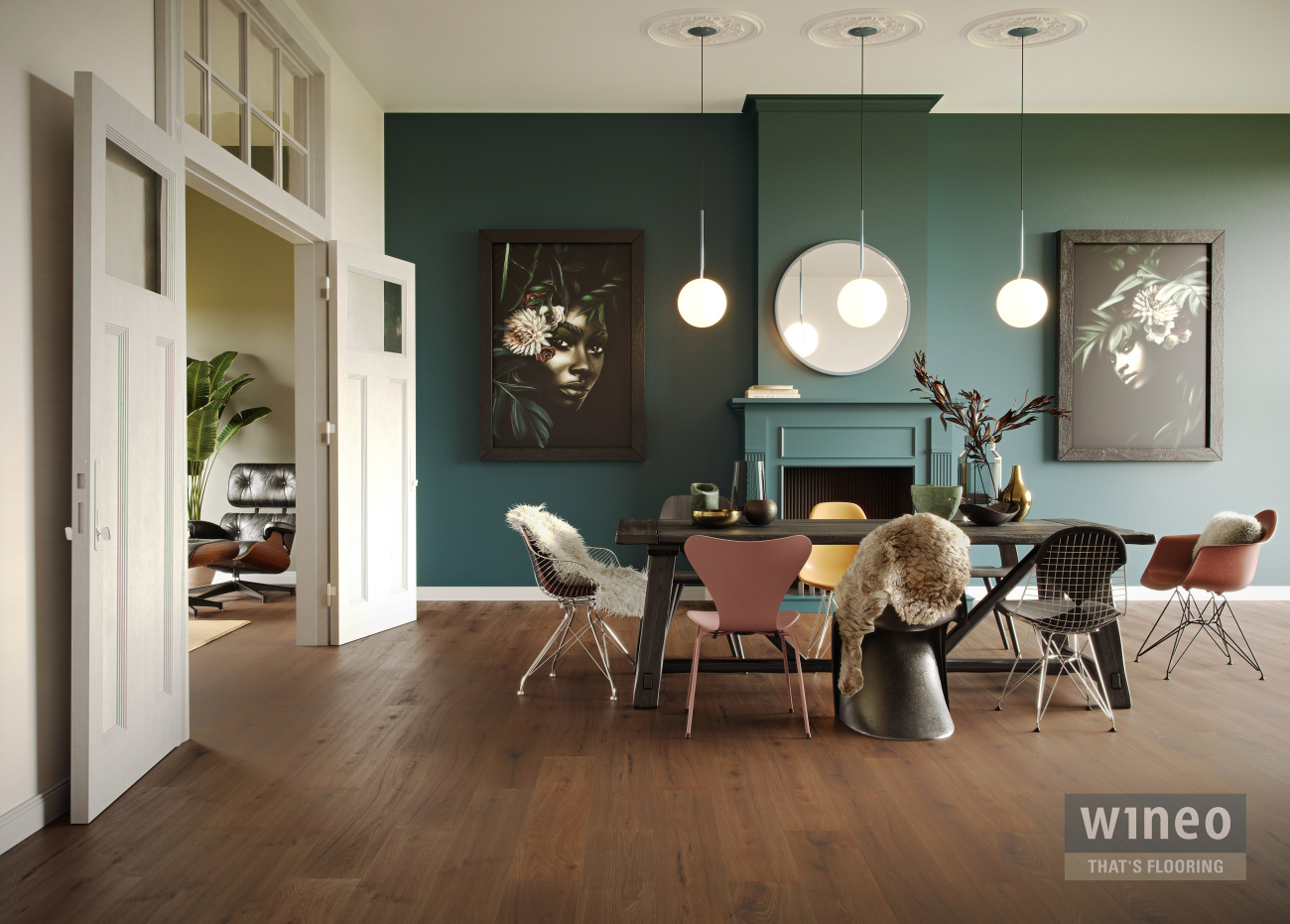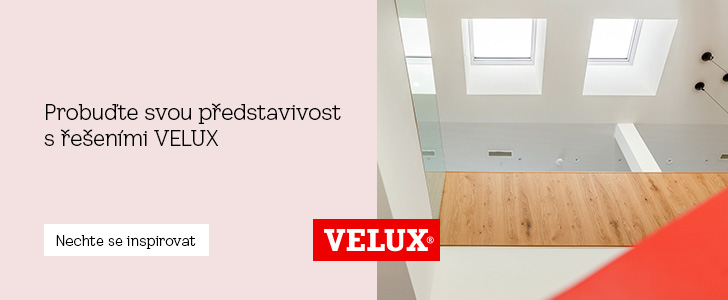
From artificial vinyls to natural rigid materials
 |
What does the term rigid vinyl include?
PVC in rolls (polyvinyl chloride) and Luxury Vinyl Tiles (LVT), which we commonly refer to as vinyls, are products made purely from synthetic materials, plastics. In simplified terms, the primary raw material for vinyl is essentially oil, and the quantity of added plasticizers determines the necessary flexibility of the flooring. More plasticizers are used for vinyl in rolls (PVC), while fewer are used for vinyl in planks (LVT).Rigid vinyls are a new generation of flooring, and although sometimes referred to as new vinyls, they are not made from synthetic materials; instead, their basic components are either aggregates (minerals) or wood, thus renewable raw materials. The result is two types of rigid flooring: mineral SPC flooring (Stone Polymer Composite) with a core made from crushed aggregate (e.g., SPC Arbiton, KPP, Kährs) or wooden WPC floors (Wood Plastic Composite) with a wood core (e.g., KPP X-CELLENT WOOD HYBRID 8 mm). Polymers are added to this base to ensure that the flooring is flexible, as SPC flooring made solely from crushed aggregate would essentially be stone flooring. Rigid vinyls are manufactured in the same format as vinyls but do not contain PVC, phthalates, or plasticizers. Among the first mineral floors in our country were the SPC Arbiton products, which KPP started importing as part of its healthy flooring program KPP Ecology; traditional Swedish manufacturer of wooden flooring Kährs has also included rigid products in its range.


What are the types of rigid constructions?
The constructions vary from manufacturer to manufacturer; the basic choice is between a mineral and a wooden core, with mineral SPC flooring being shape-stable compared to vinyls. In the construction of SPC flooring, the manufacturer has the option to determine different ratios between the amount of aggregate and the added polymers; generally, the more aggregate used, the more shape-stable the flooring is. Another option is to equip the underside of the SPC flooring with an anti-noise underlay to increase acoustic comfort.What advantages do rigid vinyls have over traditional vinyls?
SPC and WPC flooring are eco-friendly floors in many respects: The natural minerals used comply with the trend of reducing emissions in flooring, as they have zero emissions. Very low thermal resistance also means more efficient use of underfloor heating, thereby reducing energy consumption. At the end of their life cycle, rigid flooring is fully recyclable.In particular, mineral SPC flooring guarantees maximum durability and higher dimensional and shape stability. Compared to vinyl flooring, they are harder, more robust, and require less quality of the subfloor, while still being pleasant to the touch. Their higher shape stability compared to vinyls eliminates the risk of seam formation.


WPC flooring, compared to SPC floors, contain wooden materials, specifically wood flour. The original idea was to utilize the advantages of woody materials (mainly their availability) while simultaneously eliminating some deficiencies of wooden floors, such as damage resistance. Visually, WPC flooring does not differ from SPC, but due to the raw material used, SPC flooring generally has greater shape stability than WPC flooring.
How have vinyl flooring technologies evolved in the last approximately 10 years?
The development of vinyls, or rather rigid flooring, aimed to meet two goals. Firstly, it aimed to provide higher shape stability of flooring compared to vinyl floors, as the shape stability of vinyls is affected by thermoplastic properties – vinyl expands and contracts depending on temperatures. The second goal, or rather impulse, was ecology, on two levels. In the production of rigid flooring, plastics are not used, thus conserving oil and utilizing renewable resources. For mineral SPC flooring, the raw material is the aggregate, while wood flour is the basic raw material for WPC flooring, allowing for the use of residual wood that would otherwise find no application. The wood is ground, and its core is made from it, making this approach maximally ecological with a hundred percent utilization of wood as a raw material.The development in this area is very rapid. Ten years ago, at the rise of vinyls, purely glued planks were produced, and flooring specialists then said that there was probably everything on the market, and what else could manufacturers come up with. However, two years later, manufacturers introduced lockable vinyls, which no one had previously imagined. And it didn't stop there; vinyls on HDF boards appeared. Again, everyone thought that now everything had truly been invented, nothing new would come out, and suddenly there were rigid products that do not contain PVC, phthalates, or plasticizers, shifting interest from LVT to rigid products.


Thus, the current trend is undoubtedly ecology. Around 2013, manufacturers began to abandon phthalates en masse and replaced them with other types of health-safe plasticizers; nowadays, they are replacing plastics as part of an ecological approach. In addition to rigid products, floors made from purely natural raw materials in the form of chalk, rapeseed or castor oil are being created, such as the German WINEO PURLINE, which falls into the category of ecological floors. The Germans even use the term bio floors. They are again manufactured in the same formats as vinyl but do not contain PVC and therefore do not require any plasticizers. While PURLINE can practically be thrown into the trash at the end of its life cycle, into normal mixed waste, because it is purely a natural material, with vinyl, you must prove that it was disposed of ecologically, as it is plastic that would otherwise take hundreds of years to decompose.
What does the Czech customer prefer in this segment?
In our country, the glued version of planks is the most sold.The English translation is powered by AI tool. Switch to Czech to view the original text source.
Related articles
0
25.06.2025 | The Severian ecological approach has been reflected by Kährs in the technologies and design of SPC flooring and vinyls
0
06.05.2025 | Kährs Life Authentic: Durable and eco-friendly wooden flooring
0
22.04.2025 | KPP Wooden Floor Collection: When natural imperfection is beautiful
0
14.03.2025 | Woven vinyl 2tec2 – a rug with the advantages of vinyl
0
13.06.2024 | You can choose vinyl, SPC, or wood in the stores
0
28.04.2023 | New collection of SPC flooring Arbiton Woodric: When fingertips feel what eyes see












